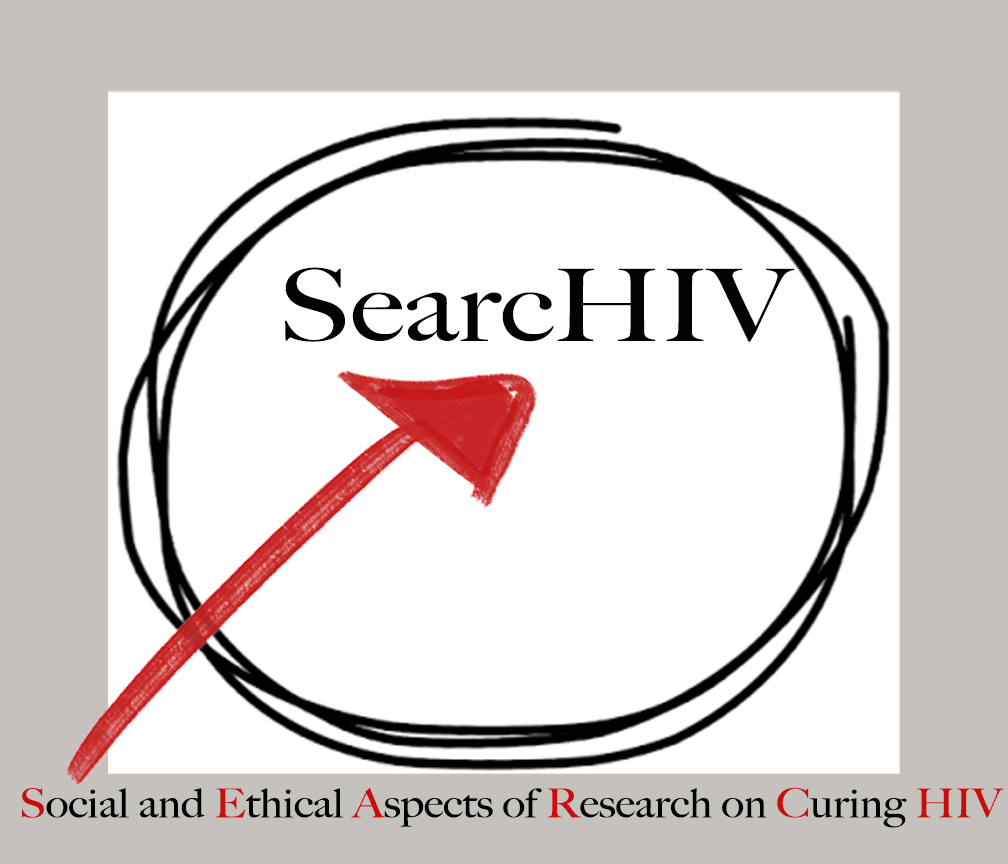by Raul Necochea
When sulfone drugs proved effective at arresting leprosy infection and even reversing some of the disease’s effects in the early 1940s, a new stream of research began to flow, enabled by patients’ cooperation with researchers. While acknowledging the value of sulfones, investigators addressed the drugs’ flaws as well, their slow action and toxicity in particular, and proposed related substances that might also become useful in the treatment of leprosy. This paper deals with how experimenters’ clinical trials of new drugs contributed to the emergence of a definition of a cure for leprosy as a difficult but possible accomplishment, one heavily dependent on patients’ compliance with treatment regimes over long periods of time.

